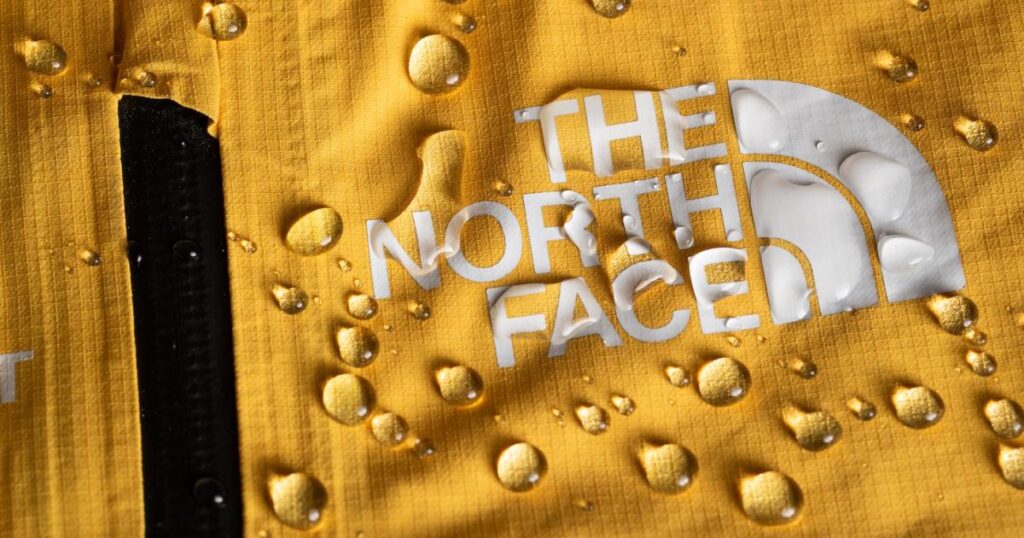Why The North Face is changing where it gets its rubber and cotton
3 min read
When I think of the sourcing side of the circular economy, I often fall back on the old computer science idiom, “garbage in, garbage out.” A circular economy, on the other hand, starts with material selection and sourcing that regenerates nature.
Recent efforts by The North Face show how regenerative agriculture practices can be a key tool for circular economy practitioners. The clothing and outdoor gear maker’s sustainability strategy has four interconnected pillars: materials, packaging, circularity and suppliers. As part of the work supporting these four pillars, The North Face set a goal in 2021 of having “100 percent of leading apparel fabrics originate from recycled, responsibly-sourced renewable or regeneratively grown sources by 2025.” The company is investing in better materials by sourcing cotton and rubber from sources practicing regenerative agriculture.
“Responsibly sourced products will move the industry forward towards having a positive impact on nature and resources, rather than simply doing less harm,” Carol Shu, senior manager of global sustainability at The North Face.
Defining regenerative agriculture
If regenerative agriculture feels like an amorphous topic, you’re not alone. I looked to a few sources to help define it, including the Natural Resources Defense Council, the California Department of Food and Agriculture United States Department of Agriculture. While definitions change somewhat from source to source, two threads pull through:
- Rebuilding soil health. “Regenerative” refers to the soil and is core to the practice of regenerative agriculture.
- Harmony with, rather than opposition to, nature. Industrial agriculture often has a combative relationship with nature and biodiversity through tillage, herbicides, fungicides and pesticides, but regenerative agriculture minimizes these practices.
Raising regenerative rubber and cotton
Cotton has a history of water-intensive cultivation, extensive pesticide use and soil degradation. Regenerative cotton addresses these issues through holistic farming practices that prioritize soil health and biodiversity. The North Face has embraced this regenerative approach, recognizing that sustainable cotton production must include practices such as cover cropping, crop rotation and minimal tillage. To scale regenerative cotton cultivation, The North Face is working with its existing and new supply chain partners and released its first clothing lines containing regenerative cotton in 2023.
Rubber, critical in outdoor footwear and accessories, poses environmental challenges including deforestation, biodiversity loss, and negative impacts on local communities. Regenerative rubber cultivation focuses on supporting healthy ecosystems, preserving biodiversity and contributing positively to local communities. Agroforestry, growing rubber trees alongside other vegetation, helps mimic natural ecosystems, reducing clear-cutting, promoting a balanced habitat for wildlife and creating supplemental income for farmers who plant cash crops in their rubber plantations.
Pursuing partnerships
To transform its complex supply chain, The North Face collaborates with industry stakeholders, NGOs, other brands under its parent VF Corporation’s umbrella and outside experts. The company seeks to leverage collective resources to address the challenges of scaling regenerative materials.
A connection to the farmers doing the work is critical, according to Shu. (The North Face depicts one supplier farming family’s journey toward regenerative cotton in this 2023 video.)
Through a partnership with international regenerative design firm Terra Genesis, The North Face and other VF Corporation brands say they are working closely with rubber farmers in Thailand to support peer-to-peer education programs and pay farmers a premium for regenerative rubber.
Nascent practices such as regenerative agriculture should be an important tool in working toward a circular future. To accelerate the transition to a circular economy, we’ll have to explore new sourcing partnerships to go along with the other tactics like circular product design, new business models and end-of-use solutions.





